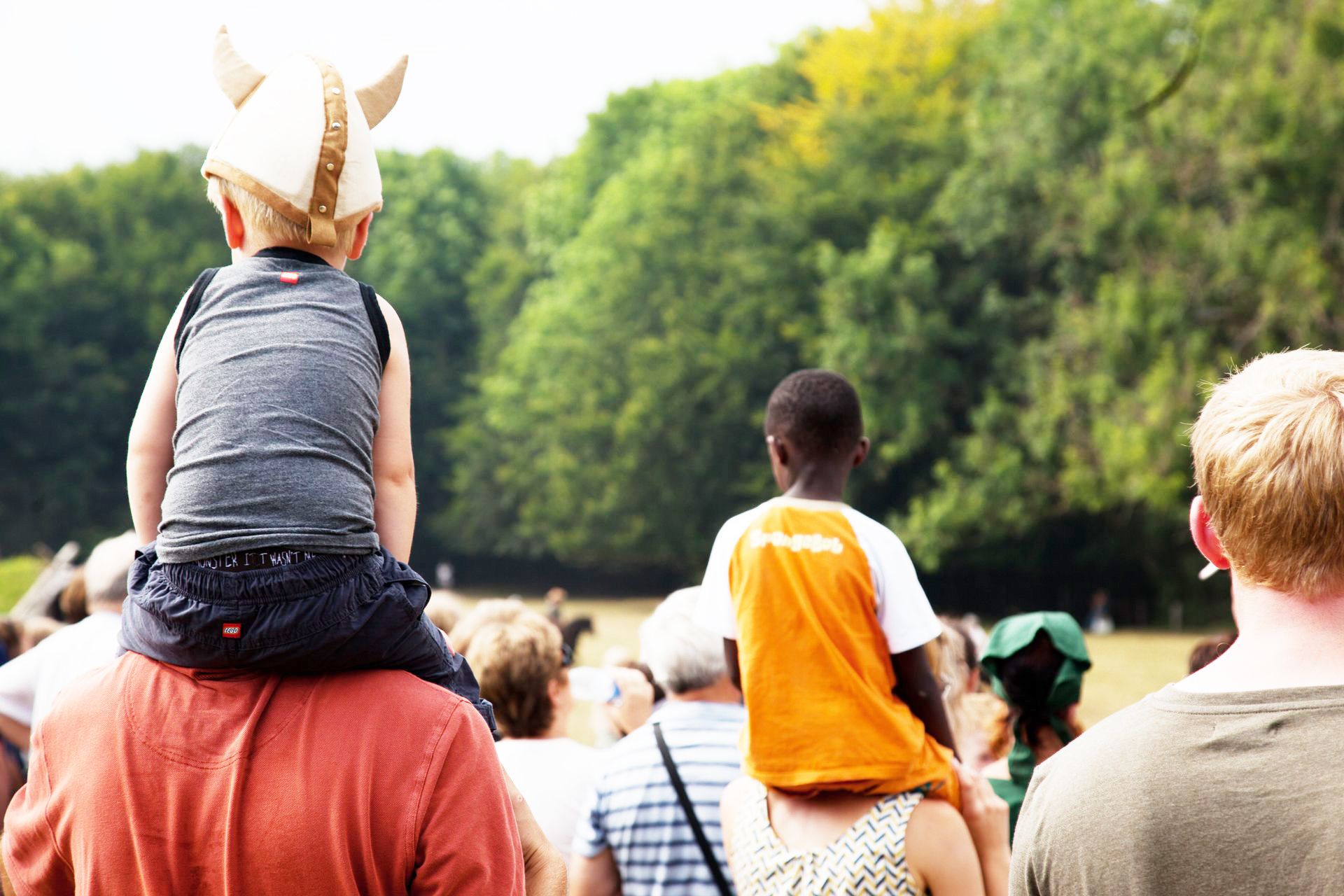Being a teacher is a bit like being a journalist. Everyone is invariably an expert. After all, we all went to school, and we’ve all read a newspaper.
In truth, though, the latter isn’t always true. A new generation never read them and regard print newspapers as a relic of the past, a bit like the way we used to remember handsetting and typesetting.
The upside is that they don’t pass on unwelcome advice. Education, on the other hand, is something everyone has an opinion on. After all, it hasn’t really changed much … or has it?
21st century school
Well, welcome to the future and Denmark’s most modern educational establishment: Copenhagen International School.
A quick walk around their seaside premises, which jut into the often raging water off Nordhavn, will blow your mind.
Rooms are acclimatised to get the most out of their students, who only have to look out of the windows at the stunning views to get fresh inspiration for their essay on photosynthesis – a process that sounded utterly dead in 1970s classrooms, but is thriving at a school like CIS where sustainability engulfs every pore.
On pages 8-9 of our Education Supplement, we speak to the new CIS director, Tim Veale, about his vision for the future of a school that others look to as the trailblazer of educational excellence in 21st century Denmark.
Daycare pioneer
But let’s not get ahead of ourselves, as Denmark is also a pioneer in daycare, with more and more countries waking up to the way their institutions (see page 4) have given ‘play’ a central role in preschool education, helping the youngsters to develop empathy and teamwork.
On page 5, our British columnist Conrad Molden, himself a father of two children under the age of six, takes a light-hearted look at Danish childcare, but amid the mirth are some wonderful insights that are worth celebrating.
From the outside, he observes, the institutions tend to look like a grandmother’s home. And were the paedogues not full-grown adults, it would be difficult to know who’s in charge, such is the relaxed vibe.
On pages 18-19, we’re once again proud to share some of the observations of Jessica Alexander, the author of ‘The Danish Way of Parenting: what the happiest people in the world know about raising confident, capable kids’, which has been published in 28 countries so far. The world is catching up!
Huge commitment
Given its reputation, the dilemma faced by international parents is whether they should keep their children in the Danish education system or send them to an international school instead (see page 6).
There is a huge commitment to education here. Denmark currently spends 7.8 percent of its GDP on education, compared to just between 4.2 and 5.4 percent in the likes of Italy, France, Spain and Germany.
But right now, the public school system (page 7) is in a bit of a quagmire. One of the parties that backed the 2013 Education Bill, the legislation that sets the curriculum, wants to rip the whole thing up and move the goalposts again after the next election.
As internationals, therefore, you might be better advised sending your child to an English-speaking school, because as our article on page 6 remarks: “Whether it’s the length of the school day, the existence of homework, the syllabus or the quality of the teachers, it’s fair to say that in the ten years it takes to complete, the system barely resembles the one your child started.”
Private and cheap
An added incentive is that Denmark is home to some of the cheapest international schools in the whole world, which is crazy when you consider the high cost of living in this country.
And that brings us full circle back to CIS, which nobody disputes is the best international school in Denmark.
While it is also the most expensive, remember that thanks to the government subsidy of 73 percent, you are getting enormous value for money.
Just to spell it out, the parents of the cheapest international schools in Denmark are paying 25,000 kroner a year for an education that is actually worth close to 100,000 kroner, while CIS parents are paying approximately 132,000 for an education worth 580,000 kroner.
Key decisions ahead
So hopefully our special edition dedicated to Education will give you plenty to chew on while you make key decisions regarding your children’s formative years.
One thing we can all agree on is that you’re in one of the world’s best countries for education.
From daycare through to university (pages 14-15), the future of our children are seen and heard across this land, paramount in the thinking of the national psyche.















